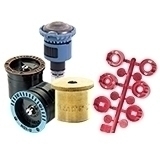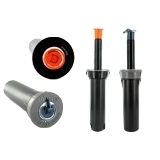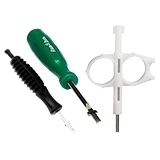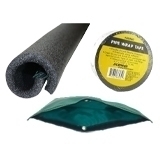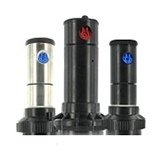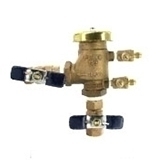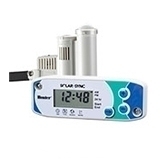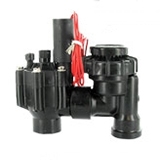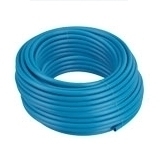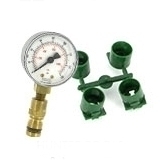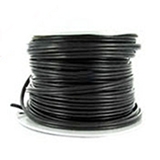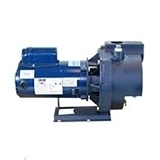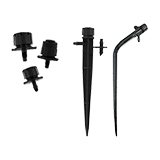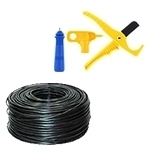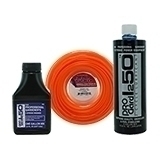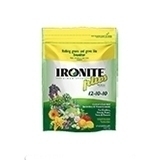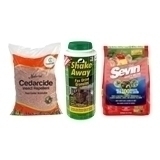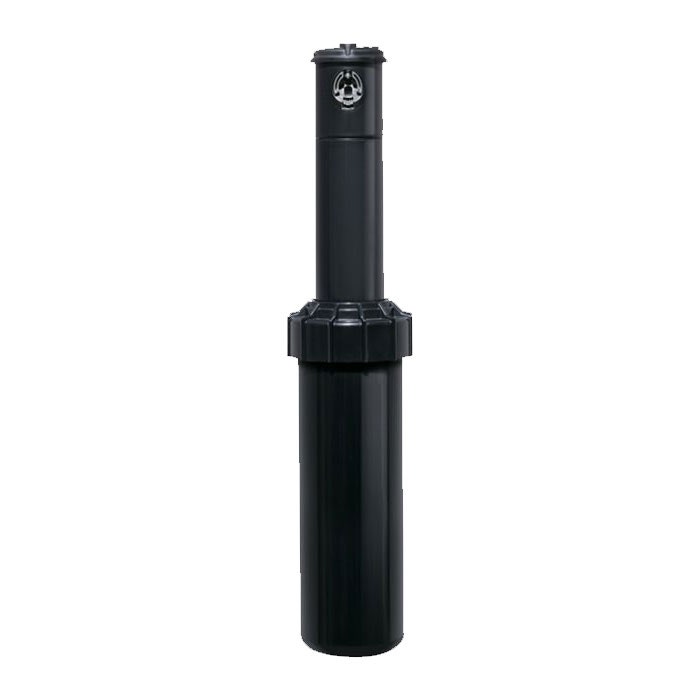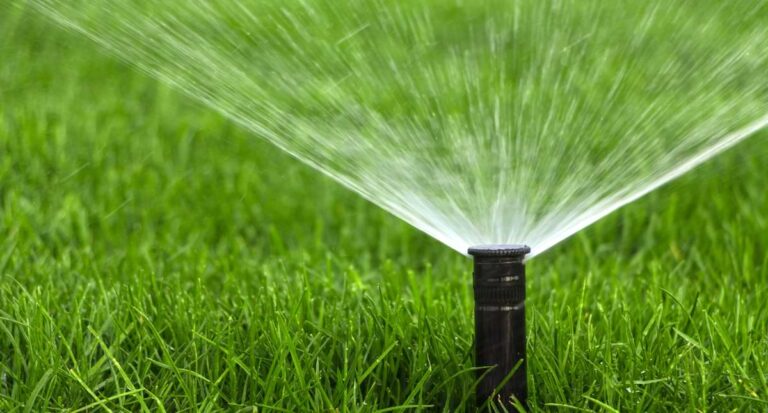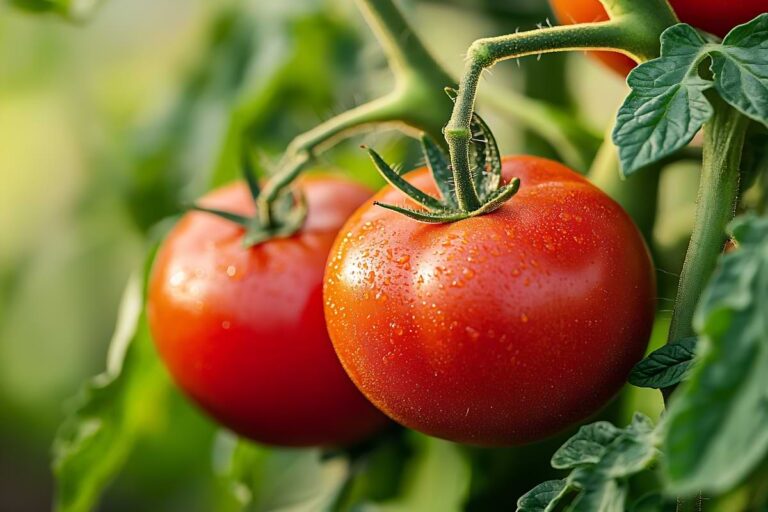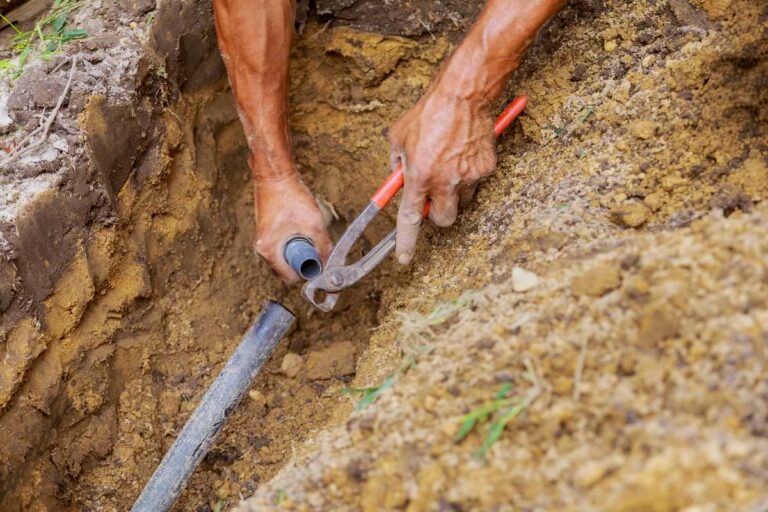Table of Contents: Irrigating Different Soil Types
When it comes to keeping your lawn or garden healthy and thriving, creating the perfect irrigation system is sometimes half the battle. But there’s a critical factor many homeowners and landscapers overlook: their soil. The structure and composition of your soil directly influence how water is absorbed, meaning that not all irrigation methods will work equally well in every environment.
To ensure that you’re getting the most out of your sprinkler system, let’s explore why soil type plays such a key role in irrigation efficiency. Below, we’ll break down the most common soil types and their characteristics, and recommend the best irrigation systems for each. Whether it’s sandy ground, heavy clay, or anything in between, understanding your soil is the first step to smarter watering.
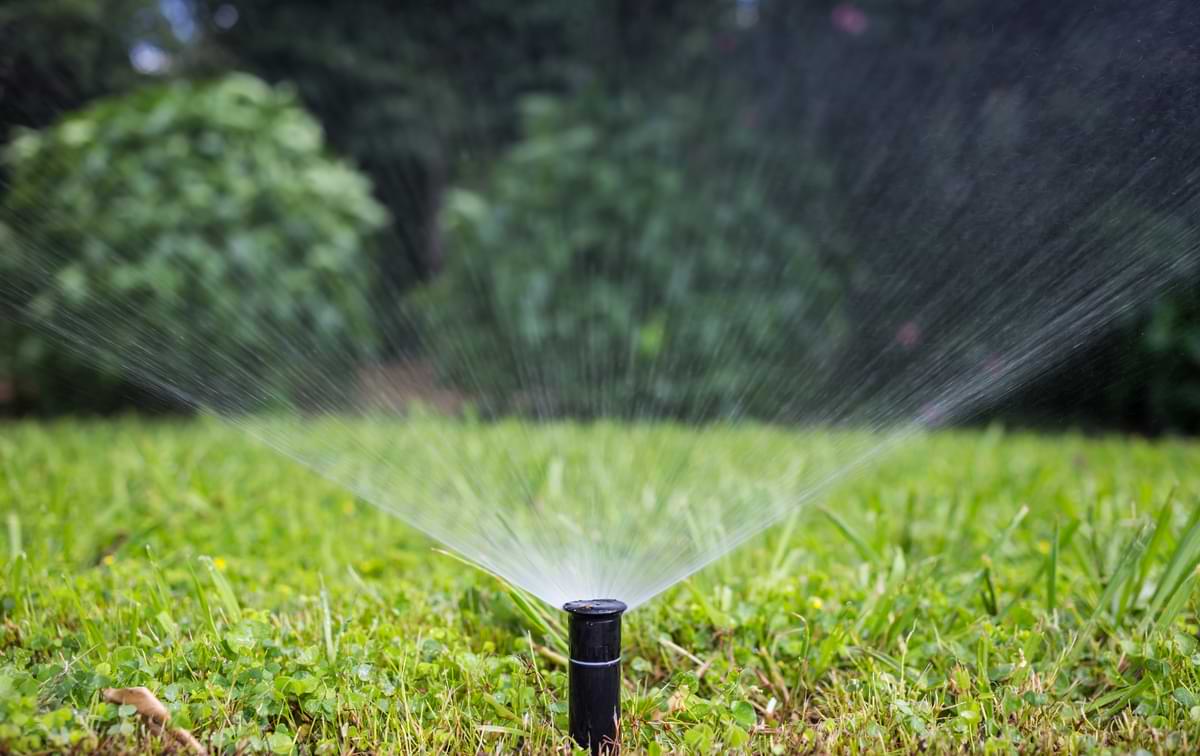
Why Soil Type Matters in Irrigation
The type of soil in your lawn or garden matters in irrigation because it directly affects how water moves (or doesn’t move) through the ground. Different soils have different textures and compositions, such as sand, silt, clay, or loam. Each of these qualities will determine how quickly water is absorbed, how much is retained, and how evenly it’s distributed to plant roots.
Using the wrong irrigation method for your soil type can lead to water waste and poor plant health, so it’s important for irrigators of all levels to do their research. By factoring in soil type, irrigators can design and manage their systems more efficiently, leading to better yields and significant water conservation.
Common Soil Types and Their Characteristics
Understanding your soil is key to creating an effective irrigation plan. Each type of soil has unique properties that affect how water is absorbed and delivered to plant roots. Here’s a breakdown of the most common soil types and how they should influence your irrigation strategy.
- Sandy Soil – When soil is described as “sandy,” it is often characterized by large, coarse particles that give it a gritty feel and excellent drainage. They have very large pore spaces, which means they hold very little water and allow it to drain away quickly due to gravity. These soils dry out exceptionally fast and tend to have poor nutrient retention as water washes nutrients down past the root zone. Despite their rapid drainage, they offer excellent aeration and warm up quickly in the spring.
- Clay Soil – Clay soils are composed of very fine, tightly packed particles, giving them a sticky feel when wet and making them hard and prone to cracking when dry. Their low porosity result in a very high water-holding capacity, allowing them to retain moisture for extended periods. However, this also means that clay soil is susceptible to surface ponding and runoff if water is applied too quickly. Over-watering can lead to poor aeration and waterlogging, which can be detrimental to root health.
- Silt Soil – Most silt soils are made of medium-sized particles, giving them a light, smooth feeling when dry. They offer a good balance in terms of density, providing both adequate water retention and reasonable drainage. Silt soils have a moderate water-holding capacity and a moderate infiltration rate, making them more forgiving than sand or clay extremes. Silt is generally fertile and retains nutrients well, but can be prone to compaction and is susceptible to erosion.
- Loamy Soil – Loam is often considered the ideal soil type for gardening and agriculture, as it represents a balanced mixture of sand, clay, and silt particles. This optimal composition provides an excellent water-holding capacity and a good infiltration rate. Loam soils are also well-aerated, promoting healthy root growth, and are generally quite easy to work with.
Irrigation Methods for Each Soil Type
Now that we know a little bit more about your soil’s ability to absorb and retain water, we can make a more informed decision about buying new sprinklers. Different soil types respond better to different watering techniques, and tailoring your approach can greatly improve your plant health. Below are irrigation strategies optimized for each major soil type.
- Sandy Soil – Due to their low water-holding capacity, sandy soils require frequent, light watering. Applying too much water at once is wasteful, as it quickly drains past the plant roots. Drip irrigation is highly efficient for sandy soils, delivering precise amounts of water directly to the root zone with minimal loss. If you’re watering sandy soil with your sprinklers, ensure they have a low application rate.
- Clay Soil – Given their high water retention and slow infiltration, clay soils require less frequent but deep and slow irrigation applications. It’s important to apply water gradually, allowing it time to soak in without causing runoff. Long durations are often necessary to get water deep into the root zone. As such, low-flow drip systems or soaker hoses are ideal. When watering clay soil with sprinklers, consider applying water in short bursts followed by rest periods to allow absorption before applying more.
- Silt Soil – For silt soils, a strategy of moderate frequency and application amounts is generally effective. This soil holds moisture well enough, so it won’t need daily watering like sand, but will dry out faster than clay. Most common irrigation methods, including drip and sprinklers, can work well. The key is to apply water at a rate that allows for good infiltration without causing runoff. While more forgiving than clay or sand, regular monitoring for signs of stress or overwatering is still beneficial.
- Loamy Soil – Due to its excellent balance of water retention and drainage, loam soil typically benefits from less frequent but deeper watering. This approach encourages plant roots to grow deeper into the soil profile, making the plants more resilient to dry spells. Loam is very adaptable and works efficiently with almost all common irrigation methods, including both sprinkler and drip systems. Turn on your sprinklers when the soil begins to dry out to encourage a robust root system.
How to Test and Identify Your Soil Type
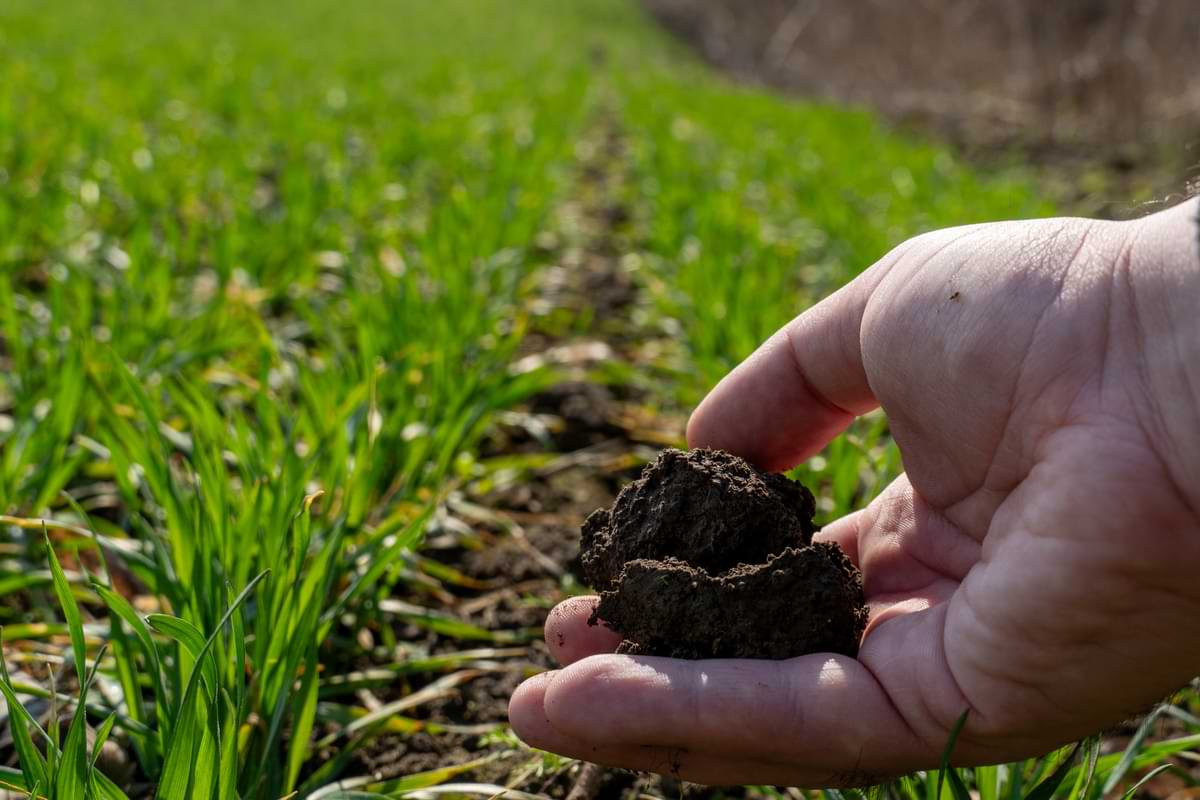
For the most part, you can get a pretty good idea about what type of soil you have by touching it and making simple visual observations. Simply take a handful of soil and see if you can make a few observations.
- When rubbed between your fingers, sandy soil will feel gritty and coarse, almost like salt. If you take a closer look, you can often see individual sand grains in the dirt. One quick test you can try is rolling it into a ball, as sandy soil will likely fall apart or crumble easily.
- Clay soil can appear dense and heavy. When dry, it often forms hard clods. When wet, clay soil will feel sticky and slippery. It can be molded easily and will retain its shape well. When dry, it becomes very hard and clumpy.
- Silt can sometimes appear black or slightly red due to organic matter, but its defining characteristic is the smooth feel. Silt soil feels very smooth, soft, and floury when wet, almost like a fine powder. It’s not gritty like sand, nor sticky like clay.
- Loam soil really just feels like a balanced mix. It will have a slight grittiness from sand, a degree of smoothness from silt, and a slight stickiness from clay, but none of these characteristics will be dominant. It should feel easy to crumble and somewhat spongy.
The Effects of Soil Amendments
Soil amendments are materials added to soil to improve its chemical or biological properties, thereby creating a better environment for the plants to grow. Unlike fertilizers, which directly supply nutrients, amendments focus on improving the condition of the soil itself. Amendments like compost, rotted manure, and wood chips help break up heavy clay soils, giving the roots more space to breathe. This allows for better root penetration and reduces compaction, which is vital for plant health. Meanwhile, in sandy soils, organic matter acts like a sponge, helping to bind the loose particles together. Ultimately, soil amendments don’t just benefit plant health. They also optimize how water moves through the soil. By changing the physical and chemical properties of your soil, amendments can make your irrigation system work smarter, not harder.
At the end of the day, choosing the right irrigation system isn’t just about the equipment. It’s about understanding the ground beneath your feet. Soil type plays a crucial role in how water is absorbed and delivered to your plants. By learning how to identify your soil and tailoring your irrigation approach accordingly, you can improve plant health and conserve water while doing so. So even if you’re working with sandy, clay, silt, or loamy soil, taking the time to match your system to your soil is one of the smartest investments you can make in your landscape.
To help guide your irrigation at a glance, here is a brief summary of each type of soil and how to water them.
| Types of Soil | Characteristics | Watering Tips |
| Sandy Soil | -Large, coarse particles -Drains very quickly -Low in nutrients due to leaching | Shallow, more frequent watering prevents moisture from escaping below the root zone. If using sprinklers, apply water slowly to prevent excessive drainage. |
| Clay Soil | -Small, tightly packed particles -Smooth and sticky when wet -Can retain water and become compacted | Clay soil doesn’t need to be watered often. Drip systems or soaker hoses are ideal, as they release water gradually and reduce the risk of waterlogging. Avoid overwatering, as clay’s poor drainage can cause water to pool on the surface |
| Silt Soil | -Mid-sized particles -Soft, floury texture -Retains moisture better than sandy & drains more than clay | Drip and sprinkler systems can work well with silt, as long as the soil can absorb the water without causing runoff. Silt can compact over time, but you can loosen the soil to help water penetrate. |
| Loam Soil | -Balanced mix of sand, silt, and clay -Excellent drainage and moisture retention -Rich in nutrients and organic matter | Occasional deep watering supports healthy root growth. Let the soil dry slightly between waterings. Loam is flexible, so try to monitor plant health and soil moisture to guide your schedule. |
FAQs on Soil Types
Should I fertilize sandy soil?
Sandy soils naturally have very poor water retention, meaning they struggle to hold onto nutrients. This means that fertilizers, especially water-soluble ones, can quickly leach through the soil and out of the root zone, becoming unavailable to the plants entirely. Therefore, the key to fertilizing sandy soil is to apply smaller amounts more frequently. Prioritize slow-release fertilizers to provide a steady supply of nutrients that plants can absorb over time. Eventually, this will help minimize nutrient loss and promote healthier growth.
What grows in clay soil?
While clay soil suffers from poor drainage and compaction, some plants thrive in its nutrient-rich, moisture-retentive environment. Plants that do well in clay often have strong, deep root systems that can penetrate the dense soil, or they are tolerant of periods of both wet and dry conditions. Coneflowers, black-eyed Susans, asters, and daylilies are all examples of flowers that can thrive in clay soil. Certain trees, like oaks and maples, can even flourish in clay once their roots are established.
Can you make soil loamy?
While you can’t magically change sand into silt or clay, you can amend soil to create properties that mimic loamy soil. The key to achieving this is the addition of organic matter such as compost and shredded leaves. Organic matter acts as a remarkable equalizer, helping bind particles, improving water retention, or enhancing drainage and aeration. This process is ongoing and requires regular replenishment of organic amendments, but it’s still the most effective way to cultivate the ideal loamy environment.
Happy watering, Irri-Gators!


